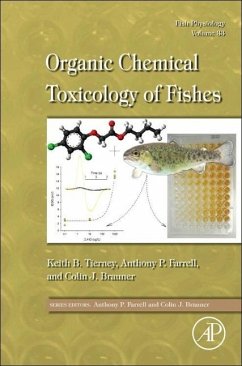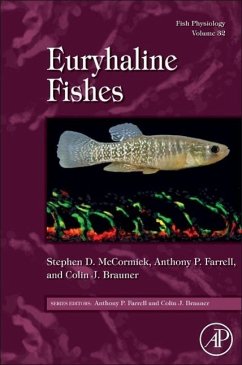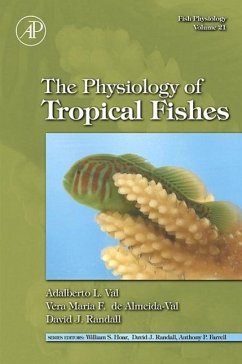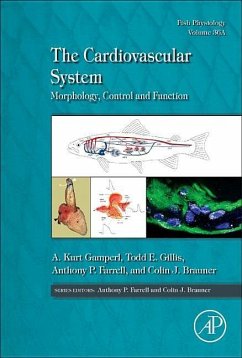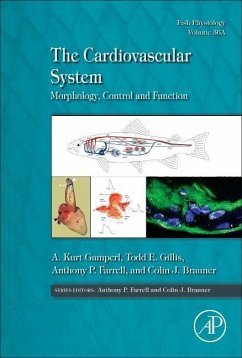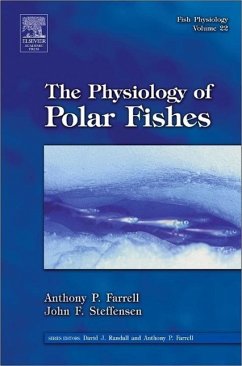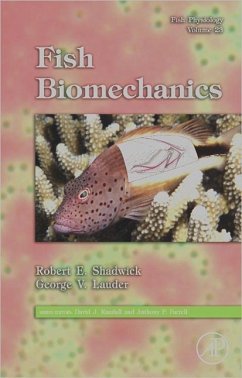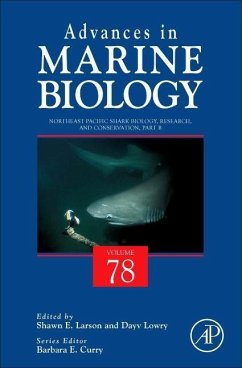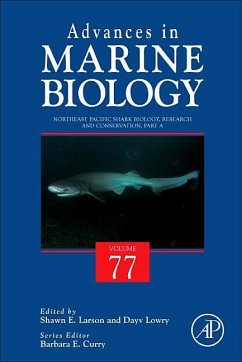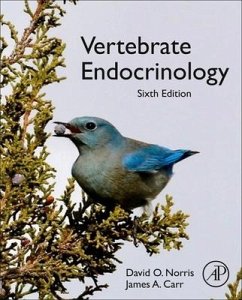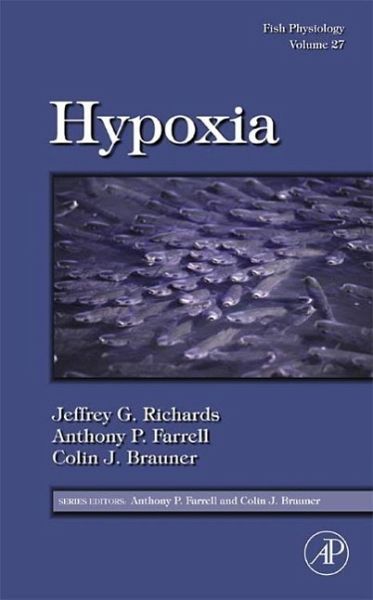
Fish Physiology: Hypoxia
Volume 27
Herausgegeben: Richards, Jeffrey G.; Farrell, Anthony; Brauner, Colin
Versandkostenfrei!
Versandfertig in 6-10 Tagen
83,99 €
inkl. MwSt.

PAYBACK Punkte
42 °P sammeln!
Periods of environmental hypoxia (Low Oxygen Availability) are extremely common in aquatic systems due to both natural causes such as diurnal oscillations in algal respiration, seasonal flooding, stratification, under ice cover in lakes, and isolation of densely vegetated water bodies, as well as more recent anthropogenic causes (e.g. eutrophication). In view of this, it is perhaps not surprising that among all vertebrates, fish boast the largest number of hypoxia tolerant species; hypoxia has clearly played an important role in shaping the evolution of many unique adaptive strategies. These u...
Periods of environmental hypoxia (Low Oxygen Availability) are extremely common in aquatic systems due to both natural causes such as diurnal oscillations in algal respiration, seasonal flooding, stratification, under ice cover in lakes, and isolation of densely vegetated water bodies, as well as more recent anthropogenic causes (e.g. eutrophication). In view of this, it is perhaps not surprising that among all vertebrates, fish boast the largest number of hypoxia tolerant species; hypoxia has clearly played an important role in shaping the evolution of many unique adaptive strategies. These unique adaptive strategies either allow fish to maintain function at low oxygen levels, thus extending hypoxia tolerance limits, or permit them to defend against the metabolic consequences of oxygen levels that fall below a threshold where metabolic functions cannot be maintained.
The aim of this volume is two-fold. First, this book will review and synthesize the adaptive behavioural, morphological, physiological, biochemical, and molecular strategies used by fish to survive hypoxia exposure and place them within an environmental and ecological context. Second, through the development of a synthesis chapter this book will serve as the cornerstone for directing future research into the effects of hypoxia exposures on fish physiology and biochemistry.
The aim of this volume is two-fold. First, this book will review and synthesize the adaptive behavioural, morphological, physiological, biochemical, and molecular strategies used by fish to survive hypoxia exposure and place them within an environmental and ecological context. Second, through the development of a synthesis chapter this book will serve as the cornerstone for directing future research into the effects of hypoxia exposures on fish physiology and biochemistry.



